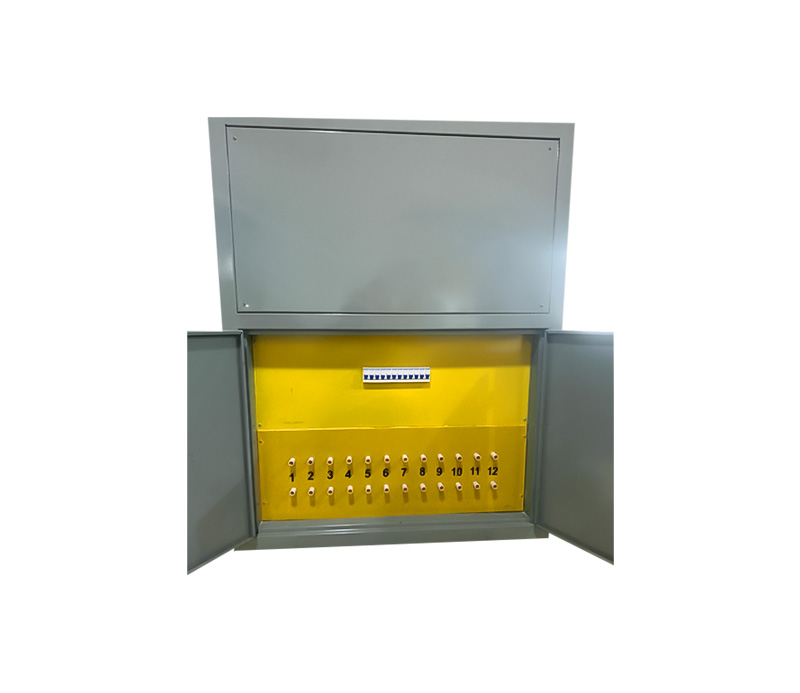National hotline
+8615995577609
In conventional heat treatment, the main reason for the […]
In conventional heat treatment, the main reason for the shape change of parts is the thermal stress and phase transformation stress that occur during heat treatment heating and quenching. The heating speed is too fast, the parts are too large compared to the heating furnace, and the temperature of each part of the parts is different, which will cause thermal deformation. During heat preservation, the residual stress of processing will be released and deform, and the weight of the part will also cause deformation. When cooling, due to the different cooling rates of different parts of the part, thermal stress will be formed and the part will be deformed. Even if the cooling rate is the same, the cooling is always fast on the surface and slow at the heart.
In the process of heat treatment heating austenitization, the longer the holding time and the higher the temperature, the more carbon is dissolved into austenite and the greater the expansion during martensite transformation. During cooling, martensite expands the most, followed by upper bainite, and the volume changes of lower bainite and troostite are small. When tempering at low temperature, martensite shrinks, and the shrinkage is proportional to the supersaturated carbon content. When heated at room temperature -200°C, part of the retained austenite will be transformed into martensite and will expand. However, due to the decomposition of martensite near 200°C, the expansion has little change in performance.
There are two types of heat treatment deformation: one is the change of size, and the other is the change of part geometry. The heat treatment technology is different, the deformation of the part size and geometry and the method of preventing deformation are also different.
In the heat treatment of forgings, the way to reduce the deformation of the parts is to hang vertically as much as possible, the other is to place it vertically at the bottom of the furnace, and the third is to use two horizontal supports, the fulcrum position is at one-third and four of the full length Among them, the fourth is to lay flat on the heat-resistant steel tooling.
Therefore, the previously transformed surface plastically deforms the untransformed core. If there is segregation of alloy components in the material, or the surface is decarburized, the phase transformation stress will be more uneven and the parts will be more likely to deform. In addition, if the thickness of the parts is uneven, the cooling rate will be different.

If you have any questions, please contact us immediately and we will answer them patiently.